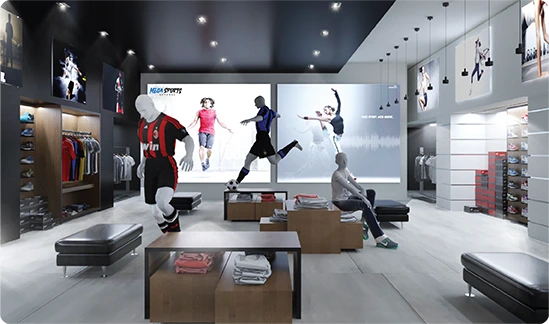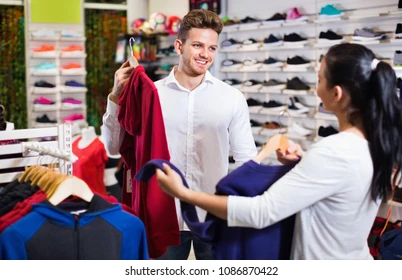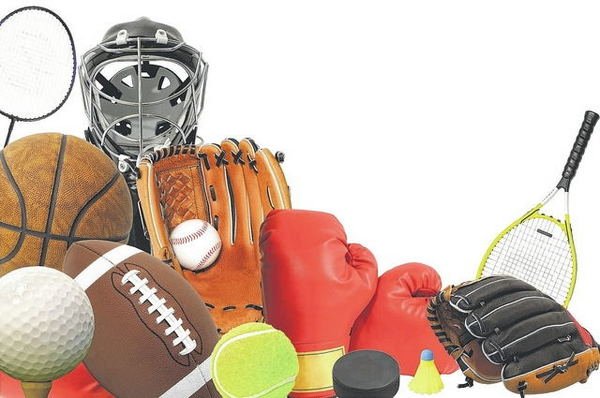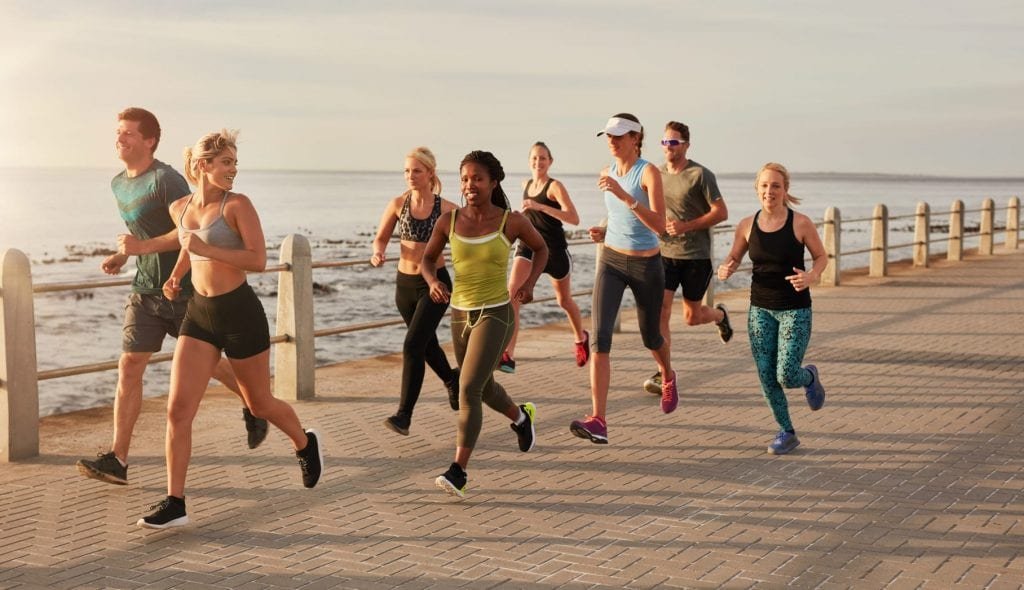Hey there, fellow sweat-wicking enthusiast. Picture this: It’s a crisp Saturday morning, and you’re lacing up for your weekly trail run. But instead of blending into the pack with the same old black leggings everyone else is sporting, you’re rocking a vibrant, one-of-a-kind pair with a pattern inspired by the wildflowers you crush underfoot. That’s the magic of custom sportswear—it’s not just gear; it’s your story stitched into every seam. As someone who’s spent the last decade knee-deep in the athletic apparel world, from sketching prototypes in a cluttered garage studio to partnering with manufacturers for pro-level kits, I’ve seen firsthand how designing your own pieces can transform a hobby into a passion project or even a side hustle. Let’s dive into how you can make it happen, step by sweaty step.
What Is Custom Sportswear Design?
Custom sportswear design means crafting athletic clothing tailored to your exact vision, from the fabric’s stretch to the logo’s pop. It’s a far cry from off-the-rack stuff—think personalized jerseys for your pickup basketball crew or breathable tanks that match your gym’s vibe.
I’ve got a soft spot for this because my first foray into it was pure chaos and joy rolled into one. Back in my early days coaching a ragtag youth soccer team, I sketched out uniforms on napkins during post-game burgers. What started as doodles ended up as sublimated kits that had the kids beaming like they’d just won the World Cup. It’s that personal touch that turns functional wear into something unforgettable.
In today’s market, where the global athletic apparel industry is barreling toward $500 billion by 2028, custom design lets you stand out without breaking the bank. Whether you’re outfitting a team or launching a micro-brand, it’s about blending performance with personality.
Why Go Custom? The Real Perks of Designing Your Own Gear
Let’s be real—why bother with custom when Nike’s got shelves full of shiny options? Because nothing beats the rush of slipping into something that feels like it was made for you, not a factory line. Custom sportswear isn’t just vanity; it’s smart strategy for teams, events, or personal branding.
Take my buddy Jake, a CrossFit coach who turned his love for motivational quotes into custom tanks. He started small, designing “Sweat Now, Shine Later” across moisture-wicking polyester, and now his gym sells out limited drops monthly. It’s boosted his community vibe and added a tidy revenue stream. Emotionally, it hits different—your gear becomes a badge of your grind, sparking conversations and camaraderie on the field or in the weight room.
Plus, in a world of cookie-cutter athleisure, custom lets you weave in trends like sustainable fabrics or bold gradients without compromising on function. It’s empowering, fun, and yeah, a little addictive once you nail that first prototype.
Step-by-Step Guide: How to Design Custom Sportswear Like a Pro
Ready to roll up your sleeves? Designing custom sportswear boils down to a handful of straightforward steps, but the key is iteration—think of it as dating your design until it clicks. I’ll walk you through it, drawing from my own trial-and-error tales to keep things grounded.
Start with brainstorming: Jot down what fires you up about your sport or team. For me, it was always movement—fabrics that hug without hindering. Sketch rough ideas on paper or apps like Procreate; no need for perfection here.
Next, pick your base garment. Jerseys? Leggings? Hoodies? Consider the activity—running demands breathability, while weightlifting craves compression.
Then, layer in details: Colors, patterns, logos. Tools like Canva or Adobe Illustrator make this a breeze for newbies.
Finally, prototype and refine. Order a sample, wear it hard, tweak what pinches or fades. It’s messy, but that’s where the gold is.
Step 1: Define Your Vision and Goals
Every killer design starts with clarity. Ask: Who’s this for? What’s the occasion? My soccer napkin sketches? They flopped until I pinned down “fun, fierce, and forest-green” as our team’s ethos.
Nail this, and the rest flows. Bullet out specifics:
- Target user: Recreational runners or elite cyclists?
- Key features: UV protection or anti-odor tech?
- Budget ballpark: $20 per tee or $100 tech jacket?
This step saves headaches later—trust me, I’ve wasted weeks on vague “cool” concepts that went nowhere.
Step 2: Choose Fabrics and Materials Wisely
Fabrics are the unsung heroes of sportswear—they can make or break your sweat session. Polyester blends wick moisture like a champ, while merino wool fights funk naturally. I once botched a batch of cotton tees for a humid marathon relay; they turned into soggy sponges mid-race. Lesson learned: Prioritize function over flash.
Here’s a quick comparison table of popular options to guide you:
| Fabric Type | Pros | Cons | Best For |
|---|---|---|---|
| Polyester Mesh | Lightweight, breathable, quick-dry | Can feel synthetic, less eco-friendly | Running, team jerseys |
| Spandex Blends | Stretchy, compressive support | Prone to pilling over time | Yoga, weightlifting |
| Recycled Nylon | Sustainable, durable, water-resistant | Higher cost upfront | Outdoor cycling, hiking |
| Organic Cotton | Soft, natural feel, eco-kind | Absorbs sweat, slower dry | Casual gym wear, lounging |
Source your swatches from suppliers like Mood Fabrics for hands-on testing. Aim for OEKO-TEX certified to dodge nasty chemicals—your skin (and planet) will thank you.
Step 3: Sketch and Digitize Your Design
Grab a pencil or stylus and let loose. Rough out silhouettes, then scan into free tools like Inkscape for vector magic. I remember digitizing my first logo on a borrowed laptop—clunky, but exhilarating when it popped in full color.
Focus on scalability: Bold lines for printing, subtle gradients for sublimation. Add text sparingly; think team mottos that pack punch without clutter.
Pro tip: Use mood boards on Pinterest for inspo. Search “custom athletic patterns” and curate what vibes with your vision.
Step 4: Select Printing and Customization Techniques
How your design hits the fabric matters. Screen printing shines for bold, few-color logos—durable and crisp. Sublimation? It’s wizardry for all-over prints, bonding ink to polyester for fade-proof vibrancy.
Embroidery adds tactile class for hoodies, but it’s pricier. My go-to for team kits: A hybrid—sublimated bases with embroidered names. Weigh options based on quantity; small runs favor DTG (direct-to-garment) for its no-setup ease.
Step 5: Partner with a Manufacturer
This is where dreams meet reality. Vet partners on MOQs (minimum order quantities), lead times, and reviews. Printful’s print-on-demand is newbie gold—no inventory risk. For bulk, Rage Custom’s in-house setup ensures quality control.
I once shipped sketches to three factories; the winner? One with transparent pricing and free revisions. Start with samples—$50-100 each—to test fit and feel.
Step 6: Prototype, Test, and Iterate
Order that first sample and put it through the wringer: Wash it 10 times, run a 5K, squat heavy. Note what chafes or shrinks. My early prototypes had sleeves that rode up mid-sprint—fixed with a simple seam tweak.
Gather feedback from your crew; it’s gold. Iterate twice, then scale. Tools like Google Forms make polling painless.
Step 7: Launch and Sell Your Creations
Time to share your masterpiece. Set up on Etsy for solos or Shopify for brands. Price smart: Cost x 2-3 markup, factoring shipping.
Market with user-generated content—tag athletes in your drops. My client’s CrossFit tanks flew off shelves via Instagram Reels of real workouts. Track sales, refine, repeat.
Top Manufacturers for Custom Sportswear in 2025
Choosing the right maker is like picking a training partner—they’ve gotta match your pace and push your limits. With the custom athletic market exploding, 2025’s standouts blend tech, sustainability, and speed.
Based on recent industry buzz, here’s a curated list of where to source:
- Printful: POD pioneer; no MOQs, global shipping. Ideal for testing designs without stock piles.
- Rage Custom: Full in-house from pattern to print; excels in made-to-measure for teams.
- Custom Ink: User-friendly lab for quick team gear; screen printing pros with fast turns.
- Leeline Sports: China-based for cost-effective bulk; strong in sustainable blends.
- Augusta Sportswear: USA-made affordability; huge color library for uniforms.
For navigational ease, check Printful’s sportswear hub to kick off.
Pros and Cons: Is Custom Design Worth the Hustle?
Custom sportswear? It’s a double-edged sword—sharp on creativity, but it can nick your timeline. Let’s break it down honestly, with a nod to my own wins and wipeouts.
Pros:
- Uniqueness Factor: Stand out from the sea of logos; your design screams “you.”
- Performance Tailoring: Fabrics and fits optimized for your moves—no more bunching mid-burpee.
- Team Spirit Booster: Builds unity; my soccer kids high-fived over matching gradients.
- Branding Power: Turns gear into merch gold, fostering loyalty and word-of-mouth.
- Sustainability Edge: Choose eco-fabrics to appeal to green-minded athletes.
Cons:
- Higher Upfront Costs: Samples and small runs sting—expect 20-50% more than stock.
- Longer Lead Times: 4-8 weeks vs. Amazon’s next-day; plan ahead or risk rushed regrets.
- Design Overwhelm: Endless options can paralyze; my first round? A hot mess of clashing colors.
- Quality Variability: Bad manufacturers flop—fading prints or wonky seams kill cred.
- Scalability Snags: Tweaks for growth mean re-prototyping; it’s iterative, not instant.
Weigh these against your goals. For one-off event tees, the pros dominate; for a brand launch, budget the cons.
People Also Ask: Answering Your Burning Questions
Google’s “People Also Ask” pulls real curiosities from searchers like you. Here’s the scoop on top queries around custom sportswear design.
How do I start a custom sports apparel business?
Begin with niche research—target underserved gaps like adaptive yoga wear. Build a tech pack (design blueprint), source via Alibaba or local mills, then launch on Etsy. My advice: Bootstrap with POD to test waters without debt.
What fabrics are best for custom sportswear?
Moisture-wicking poly-spandex blends rule for versatility. For eco-warriors, recycled nylon shines. Test for your sport—breathable for cardio, compressive for strength.
Where can I get custom sportswear made?
USA options like Augusta for quick turns; overseas like Leeline for savings. Start with Custom Ink’s Design Lab for no-fuss entry.
How much does custom team sportswear cost?
$15-40 per piece for basics, scaling down with volume. Factor printing ($5-10 extra) and setup ($50-200). Bulk buys slash to $10/unit—shop quotes from multiple makers.
Can I design my own sportswear without experience?
Absolutely—3D tools like Rage’s configurator democratize it. I started doodling; now pros handle polish. Free trials on Canva get you 80% there.
Best Tools for Designing and Manufacturing Custom Sportswear
For transactional intent, here’s your toolkit arsenal. These gems streamline from sketch to ship, saving sanity and cents.
- Design Software: Adobe Illustrator ($20/month) for pros; free Canva for quick mocks.
- 3D Configurators: Owayo’s Kit Designer—visualize in real-time, no downloads.
- Prototyping Platforms: Printful’s mockup generator; order samples in clicks.
- Manufacturing Integrations: Shopify apps like Printify for seamless POD fulfillment.
- Tech Pack Builders: Free templates from Techpacker; detail specs for factories.
Pair with FittDesign’s resources for end-to-end guidance.
FAQ: Tackling Common Custom Sportswear Hurdles
Got questions? I’ve fielded these a hundred times—from frantic team moms to budding entrepreneurs. Here are five real-user zingers with straight-shooting answers.
Q: What’s the minimum order for custom sportswear?
A: Varies by maker—POD like Printful does one-offs; bulk factories want 50-100. Start small to test; I did 20 tees for my first team run and scaled from feedback.
Q: How long does it take to manufacture custom designs?
A: 2-6 weeks post-approval, plus 1-2 for samples. Rush options add 20-50%. My longest wait? A holiday crunch that taught me to plan quarters ahead.
Q: Can I make eco-friendly custom sportswear?
A: Yes—opt for recycled poly or organic bamboo via suppliers like Pact. It’s pricier (10-20% up) but resonates; my green line sold twice as fast to mindful millennials.
Q: How do I ensure my design prints correctly?
A: Submit high-res vectors (300 DPI) and use manufacturer proofs. I always double-check colors in RGB for digital prints—saved a neon nightmare once.
Q: Is custom sportswear worth it for small teams?
A: For sure, if under 50—POD keeps costs low ($25-50/unit). Builds morale like nothing else; my underdog squad felt pro in their bespoke kits.
There you have it—your blueprint to birthing badass custom sportswear. From my napkin sketches to your first prototype, remember: It’s not about perfection; it’s about progress in every stitch. Grab that sketchpad, hit up a tool, and let’s get creating. What’s your first design dream? Drop it in the comments—I’d love to hear. Now go sweat with style.



